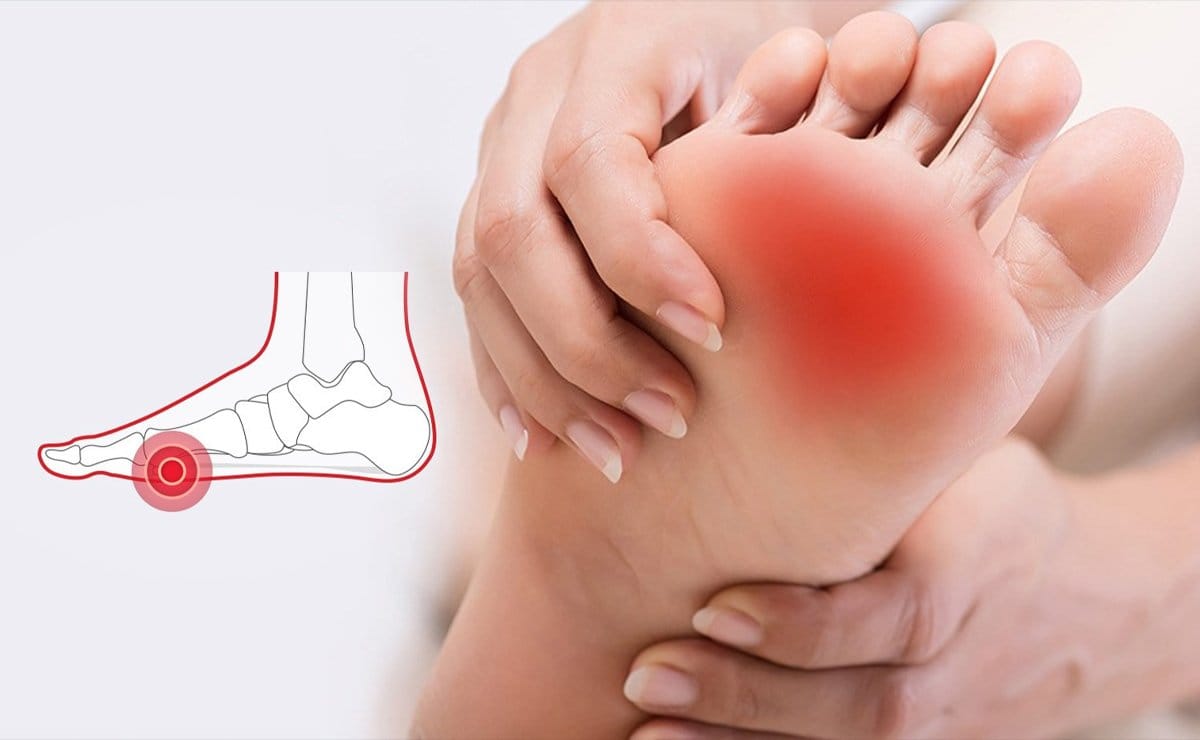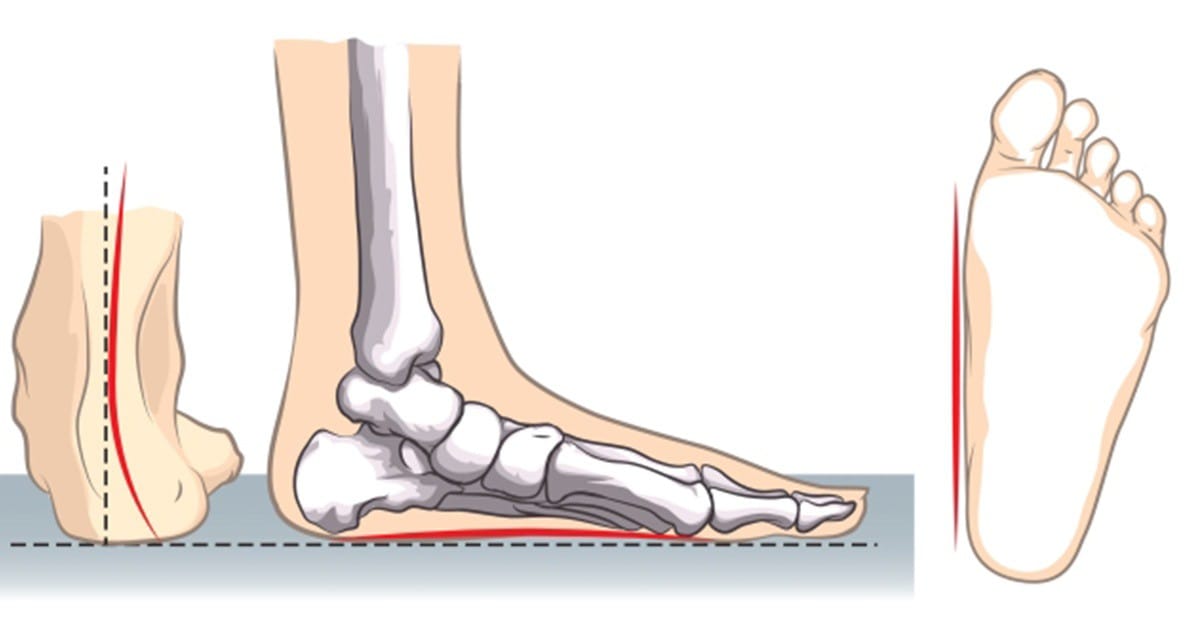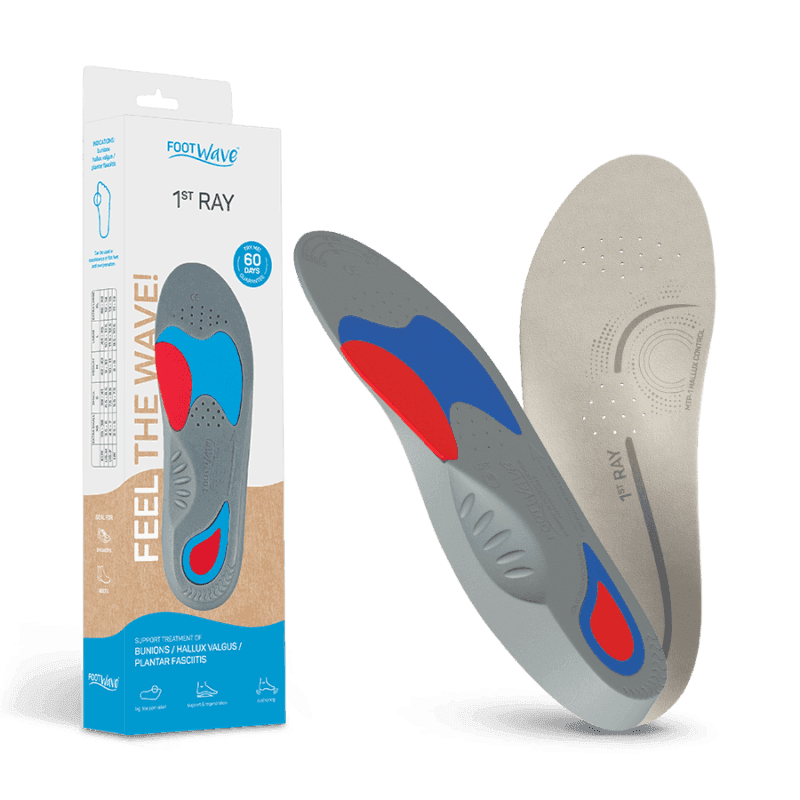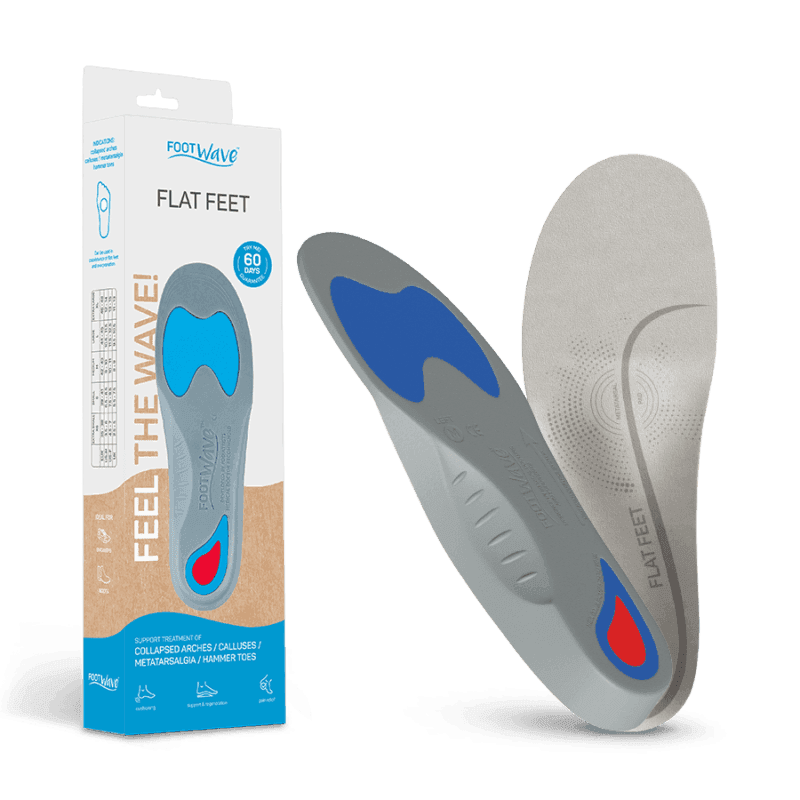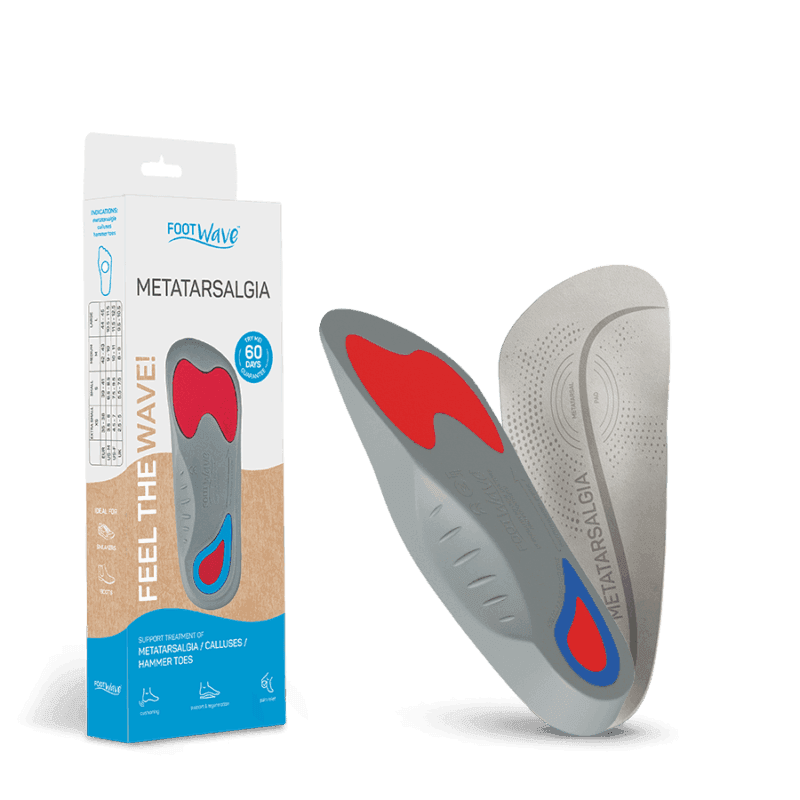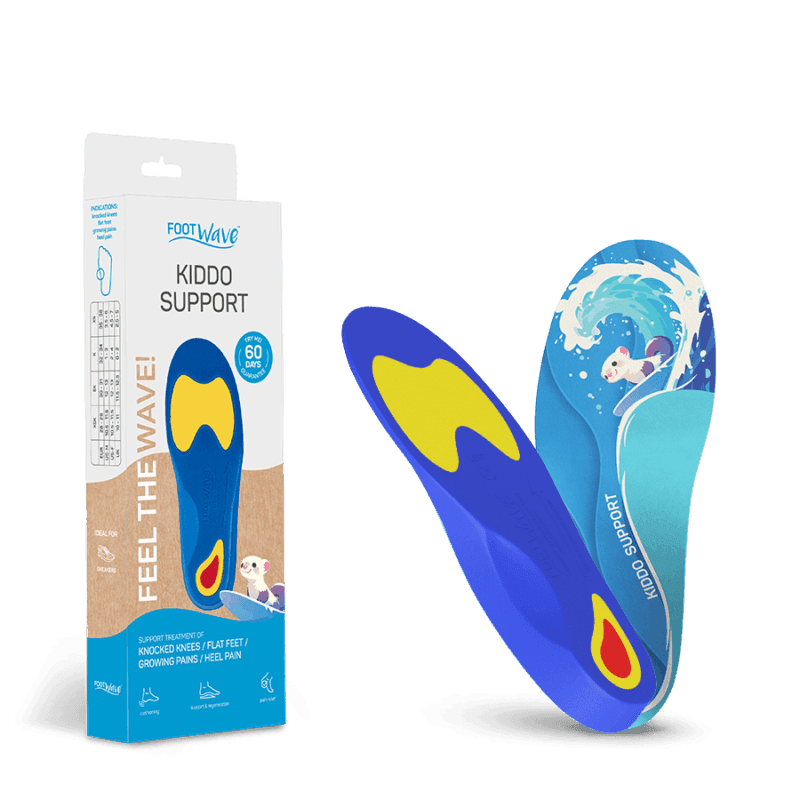Strengthen Your Arch and Relieve Pain Naturally
In this guide, we’ll walk you through the best exercises to support flat feet, explain why they work, and share tips to keep your feet strong and pain-free.
1. What Are Flat Feet and How Do They Affect You?
Flat feet happen when the arches of your feet collapse, causing the entire sole to touch the ground. This condition — also called pes planus — reduces the foot’s ability to absorb shock, which puts extra stress on joints and muscles.
Common symptoms include:
- Foot fatigue or soreness
- Knee or ankle pain
- Increased risk of plantar fasciitis or tendonitis
Understanding how flat feet affect your body is the first step to managing the issue.
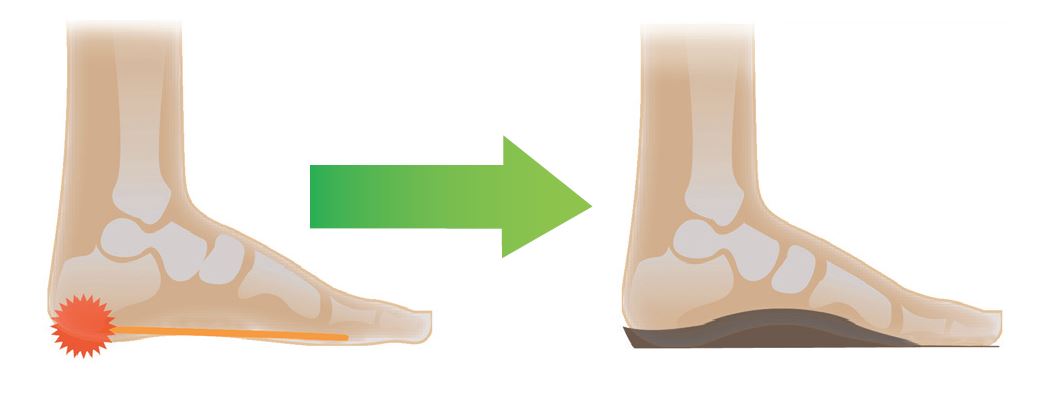
2. Why Are Exercises Important for Flat Feet?
Your feet are made up of small muscles that help support your arch. When those muscles are weak, the arch collapses — leading to pain and poor alignment.
Targeted exercises can:
- Strengthen your foot’s internal muscles
- Improve the shape and function of your arch
- Reduce strain on ligaments and tendons
- Help prevent future injuries
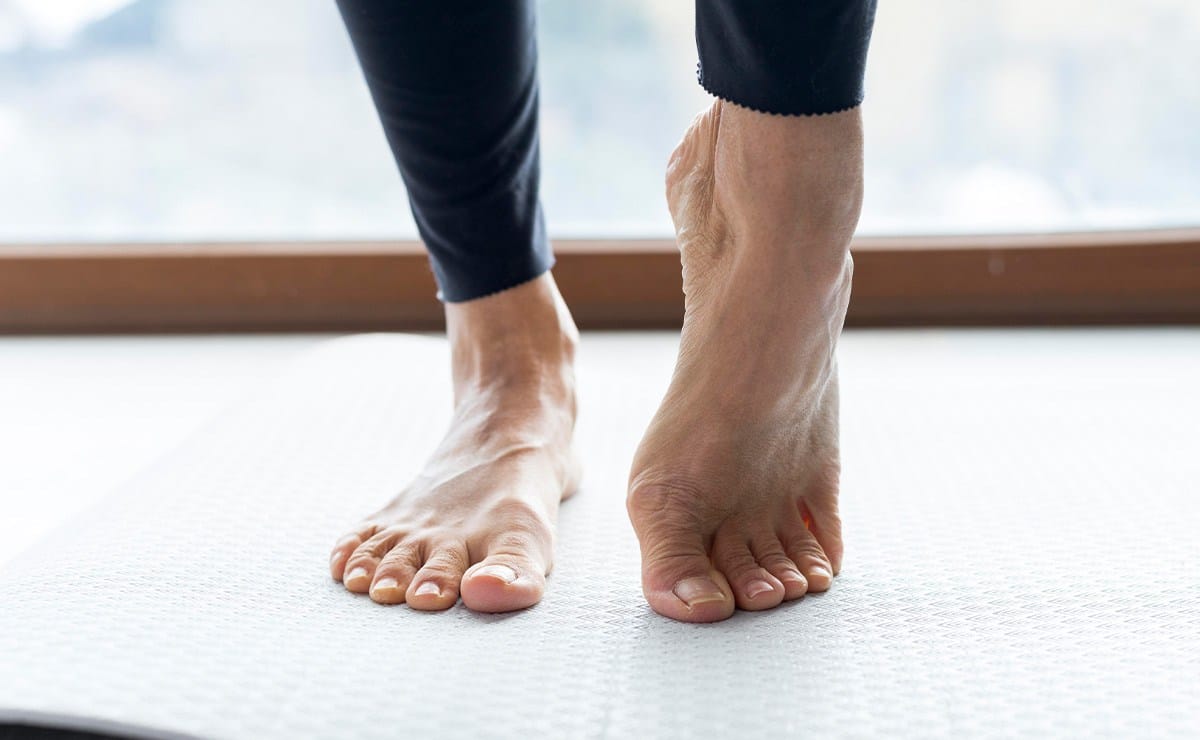
3. Most Effective Exercises for Flat Feet
Here are three simple, proven exercises to try at home:
Heel Raises:
- Stand with feet flat on the floor
- Slowly rise onto your toes, hold for 3–5 seconds
- Lower back down with control
- Repeat 10–15 times
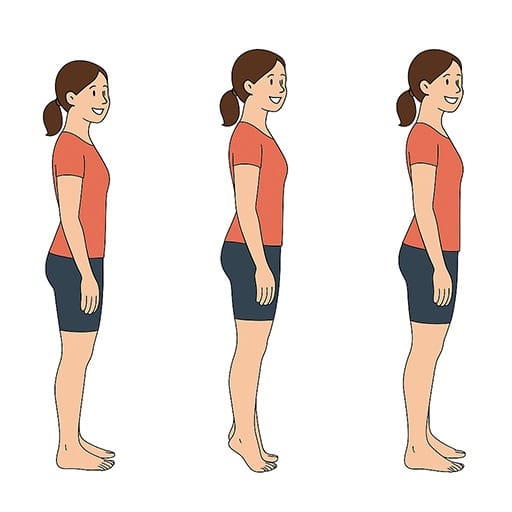
Toe Curls with Towel:
- Sit on a chair, feet flat
- Place a towel under your toes
- Scrunch the towel toward you using just your toes
- Repeat 2–3 sets of 10 reps
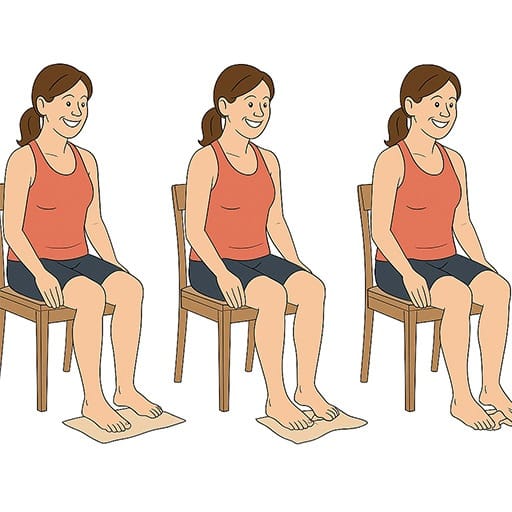
Short-Foot Exercise:
- Sit with feet flat on the ground
- Try lifting the arch of your foot without curling your toes or moving your heel
- Hold for 5 seconds
- Repeat 10 times
These exercises target the muscles that support your arch, helping improve stability and reduce foot fatigue.
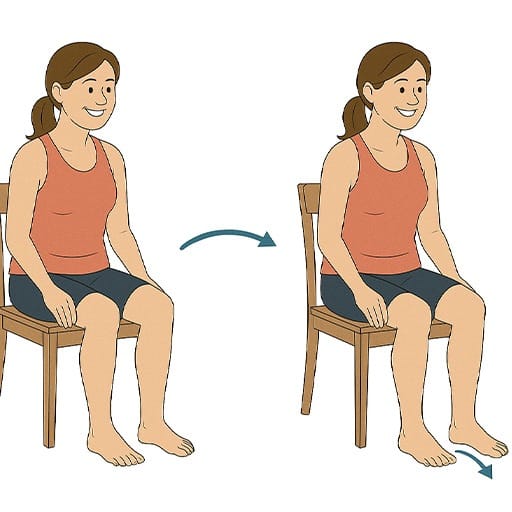
4. How Do Fallen Arches Cause Pain?
When your arches collapse, your feet can’t absorb impact properly. This puts more pressure on the plantar fascia, Achilles tendon, and supporting structures — often resulting in:
- Plantar fasciitis
- Heel pain
- Knee or hip discomfort
Over time, poor foot alignment can affect your entire body. That’s why consistent strengthening is so important.
5. How Do Foot Exercises Help Support Your Arch?
Exercises that target intrinsic foot muscles (the tiny muscles inside your foot) help your arch stay lifted and supported. They also reduce overpronation — when your foot rolls too far inward.
Benefits include:
- Better balance
- Improved posture
- Less strain on the foot, ankle, and knee
6. Can Strengthening Your Feet Help Prevent Injury?
Yes! A stronger arch helps distribute weight more evenly across your foot. This reduces your risk for:
- Plantar fasciitis
- Achilles tendonitis
- Stress fractures
Think of foot exercises as injury prevention, not just pain relief.
7. What’s the Role of Calf Strengthening?
Strong calves can take pressure off your arch. Calf raises and stretches:
- Improve ankle flexibility
- Reduce tension on the plantar fascia
- Help support better foot mechanics
Add these to your routine for a more complete approach to foot health.
8. Do Orthotic Insoles Help?
Orthotics — especially custom ones — can make a big difference for people with flat feet. They:
- Provide extra arch support
- Improve alignment during walking or running
- Reduce strain during everyday activities
When used alongside exercise, orthotics can enhance your results and keep your feet more comfortable.
9. How Long Until You See Results?
Most people notice improvement in 4 to 6 weeks with regular exercise. You may feel less pain, better stability, and improved posture.
Tip: Stay consistent — a few minutes a day goes a long way.
10. Are There Long-Term Solutions for Flat Feet?
Yes. Long-term relief comes from a combination of:
- Regular strengthening exercises
- Supportive footwear or orthotics
- Healthy lifestyle habits like staying active and maintaining a healthy weight
Flat feet don’t have to slow you down. With the right care, you can stay active, pain-free, and on your feet for years to come.
Take the First Step Today
Your feet are your foundation — take care of them! Start with a few exercises each day and consider adding supportive insoles if needed. Small, consistent changes can lead to big results over time.


